How to Care for a Pet Curly Hair Tarantula
Updated on 04/26/24
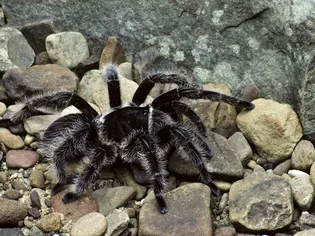
Embark on the Enchanting World of Pet Curly Hair Tarantulas: A Comprehensive Guide to Nurturing the Captivating Arachnid
Embark on a thrilling adventure into the enigmatic world of pet curly hair tarantulas, the captivating creatures that evoke both awe and curiosity. As a proud owner of these fascinating arachnids, we understand the immense responsibility that comes with ensuring their well-being. This comprehensive guide will equip you with the essential knowledge and techniques to provide exceptional care for your curly hair tarantula, ensuring its health, longevity, and well-rounded development.
A Tapestry of Origins: Unraveling the Curly Hair Tarantula's Enchanting History
The curly hair tarantula, scientifically known as Tliltocatl albopilosus, originates from the rainforests of Costa Rica and Panama. These arboreal arachnids primarily inhabit tree hollows and crevices, showcasing their exceptional climbing abilities. Their captivating common name stems from the dense, velvety hairs adorning their bodies, adding to their allure among arachnid enthusiasts.
Unveiling the Anatomy of a Curly Hair Tarantula: A Symphony of Intricate Adaptations
Delving into the anatomy of a curly hair tarantula reveals a symphony of intricate adaptations that enhance their survival and thrive in their natural habitat.
- Carapace and Abdomen: The exoskeleton comprises two distinct sections: the carapace, which houses the vital organs, and the abdomen, containing the digestive and reproductive systems.
- Legs: Eight nimble legs facilitate locomotion, climbing, and capturing prey. Each leg consists of seven segments, including the tarsus, which bears tiny claws for gripping surfaces.
- Chelicerae: These powerful appendages function as fangs, injecting venom to subdue prey and assist in feeding.
- Pedipalps: Modified front legs bear sensory hairs and aid in mating and food handling.
- Spinnerets: Located at the rear of the abdomen, spinnerets produce silk used for constructing webs for shelter, molting, and capturing prey.
Establishing an Ideal Abode: A Sanctuary for Your Curly Hair Tarantula
Providing a suitable enclosure is paramount for your curly hair tarantula's well-being. Here are some crucial considerations:
- Size and Shape: Select an enclosure approximately three times the tarantula's leg span, allowing ample space for movement and exploration. Vertical enclosures with ample height accommodate their arboreal nature.
- Substrate: Coco fiber, peat moss, or vermiculite provide an ideal burrowing substrate, maintaining humidity levels and allowing the tarantula to create hiding spaces.
- Hiding Places: Multiple hiding places, such as cork bark or hollow logs, offer security and reduce stress.
- Ventilation: Adequate ventilation is essential to prevent stagnant air and respiratory issues. Mesh or screened lids ensure proper airflow.
Nurturing Your Curly Hair Tarantula's Inner Foodie: A Culinary Journey
As obligate carnivores, curly hair tarantulas require a balanced diet to thrive. Here are some feeding guidelines:
- Frequency: Feed juvenile tarantulas weekly, while adults can be fed every two to three weeks.
- Prey Size: Offer prey items approximately the size of the tarantula's abdomen. Suitable options include crickets, mealworms, and dubia roaches.
- Variety: Provide a variety of prey to ensure a well-rounded diet rich in nutrients.
- Supplements: Calcium supplements are occasionally beneficial, especially for growing tarantulas.
Maintaining an Oasis of Hydration: The Importance of Water
Access to fresh water is crucial for your curly hair tarantula's hydration and overall well-being. Provide a shallow water dish filled with clean, dechlorinated water. Place it in a stable location within the enclosure to prevent spills.
A Delicate Dance: Molting and Growth in Curly Hair Tarantulas
Molting is a vital process for curly hair tarantulas, allowing them to shed their exoskeleton and grow. Here's what to expect:
- Pre-molt: The tarantula may become less active and refuse food. Its abdomen will appear plump and swollen.
- Molting: The tarantula will lie on its back and shed its old exoskeleton, emerging with a soft, pale new one.
- Post-molt: The tarantula will remain vulnerable until its new exoskeleton hardens. Avoid handling during this period.
The Gift of Patience: Handling and Taming Your Curly Hair Tarantula
While handling a curly hair tarantula is not recommended, with patience and care, it's possible to establish a level of tameness.
- Introductions: Allow the tarantula to become comfortable with your presence by observing it from a distance. Avoid sudden movements or loud noises.
- Gentle Approach: If necessary, gently lift the tarantula using a soft brush or tweezers, supporting its weight evenly.
- Respectful Interactions: Limit handling sessions to a few minutes and avoid overstimulating the tarantula.
Recognizing the Signs of Health and Illness: A Journey of Observation
Monitoring your curly hair tarantula's behavior and appearance is crucial for early detection of any health issues.
- Healthy Signs: Active behavior, regular feeding, clear eyes, and a plump abdomen are indicative of good health.
- Concerning Signs: Lethargy, loss of appetite, cloudy eyes, and a thin abdomen may signal underlying health problems.
- Seek Veterinary Care: Consult an experienced veterinarian specializing in exotic pets if you suspect any health issues.
Conclusion: A Rewarding Symbiosis with Your Curly Hair Tarantula
Caring for a curly hair tarantula is an immersive and rewarding journey that fosters a deep appreciation for these fascinating creatures. By providing a nurturing environment, adhering to proper feeding practices, and observing their behaviors, you can create a harmonious coexistence where both you and your arachnid companion thrive. Remember, patience, respect, and a profound understanding of their unique needs will lead to a fulfilling and enriching partnership.
Explore More Pets

Exotic Pet Species
Should You Keep a Chimpanzee as a Pet?

Exotic Pet Species
Should You Keep a Raccoon as a Pet?
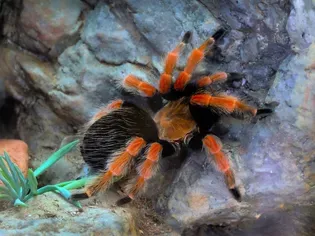
Exotic Pet Species
How to Care for a Pet Mexican Red-Knee Tarantula
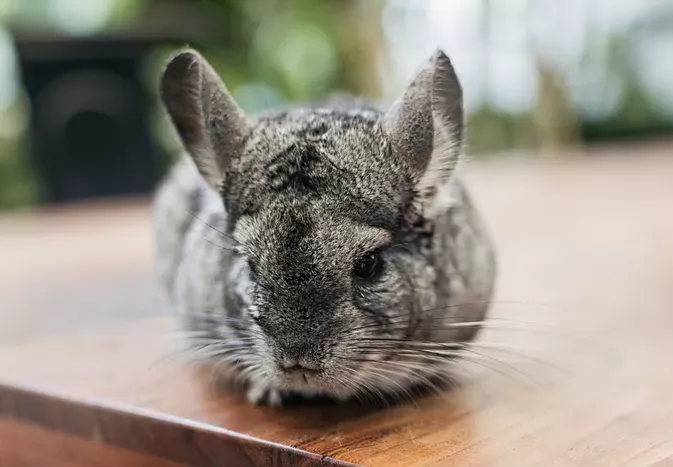
Exotic Pet Species
12 Best Exotic Pets for Apartment Living

Exotic Pet Species
Best Foxes to Keep as Pets
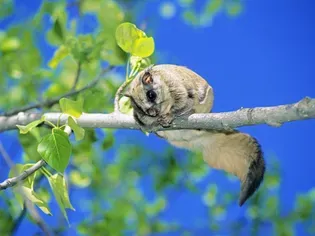
Exotic Pet Species
Should You Keep a Northern Flying Squirrel as a Pet?
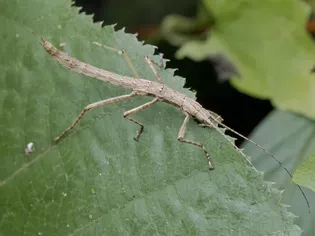
Exotic Pet Species
Should You Keep Stick Insect as a Pet?

Exotic Pet Species
Should You Keep a Big Cat as a Pet?